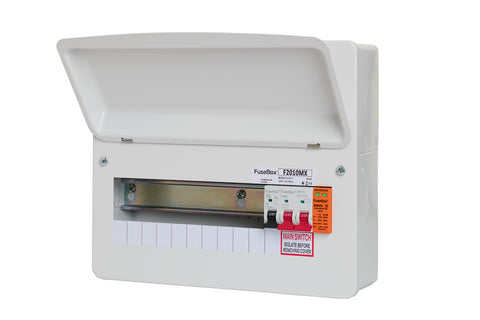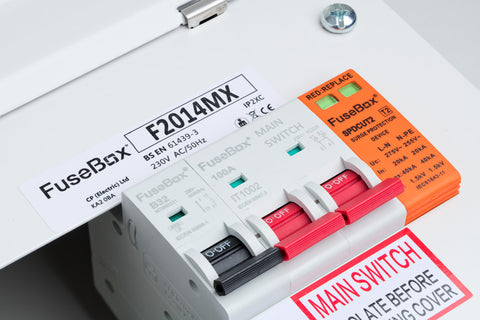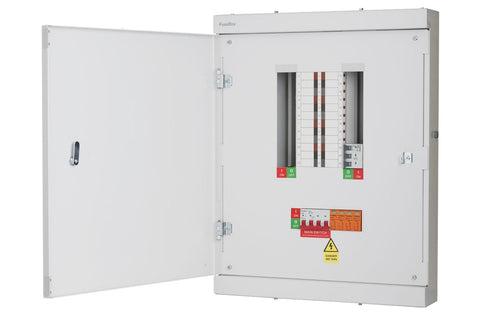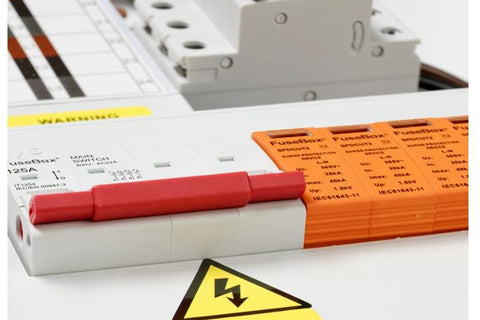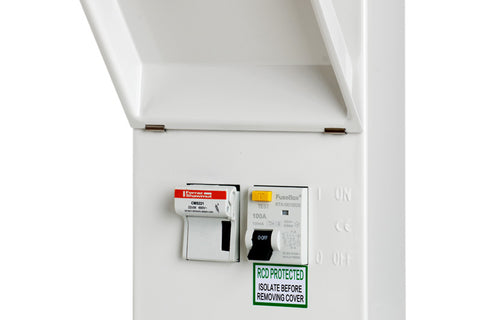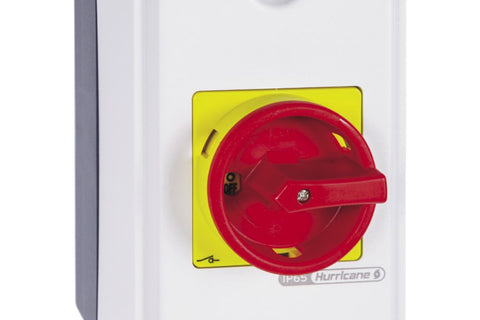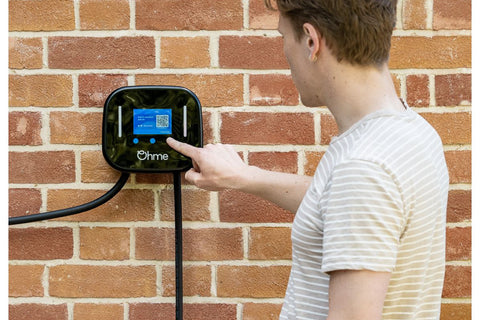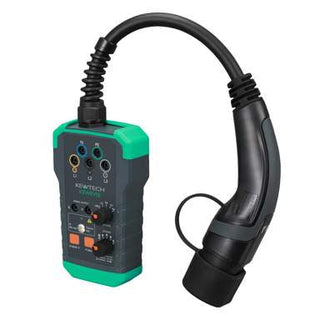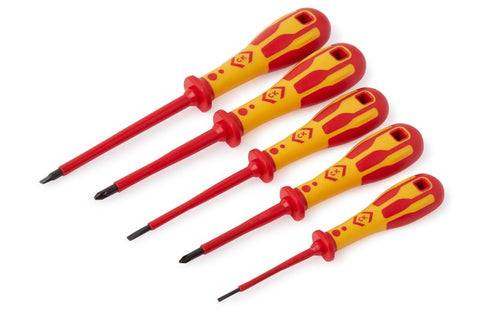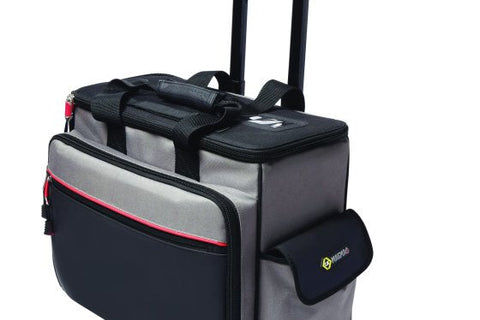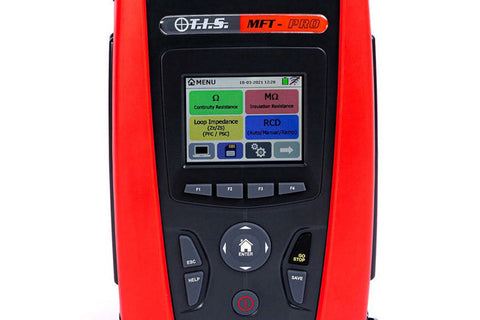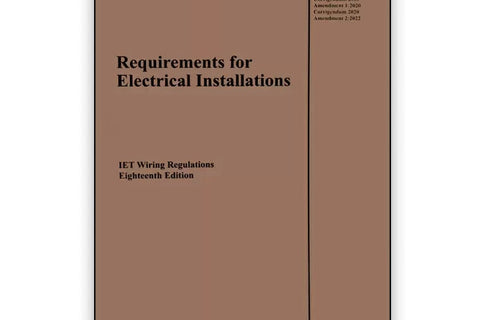Three Phase Distribution - A Complete Guide
Three Phase Distribution

In the United Kingdom, three phase distribution has played a crucial role in delivering power to commercial and industrial settings for decades. As technology and energy demands have evolved, so too has the design and implementation of three phase systems. In this article, we will explore the history and progression of three phase boards, discuss the essential components of a 3 phase installation, and address frequently asked questions related to this powerful electrical distribution system.
The Evolution of Three Phase Boards
Three phase power distribution traces its roots back to the late 19th century, when engineers recognized the advantages of a three-phase system over single phase in terms of efficiency and power transmission. The development of three-phase distribution systems facilitated the transportation of electrical energy over long distances, reducing power losses and enabling the growth of urban centers and industries.
Understanding Three Phase Distribution
A three phase board, also known as a Three Phase Distribution Board or TPN, is an essential part of a three phase electrical installation. It acts as a central hub that receives power from the electricity grid or a generator and then distributes it to various circuits within a building or facility. The key components of a three-phase distribution board include:
1. Main Switch: This is the master switch that allows you to disconnect power to the entire installation for maintenance or safety purposes.
2. Circuit Breakers (MCCBs): These provide overcurrent protection to individual circuits, automatically tripping and disconnecting the circuit if it exceeds its rated current capacity.
3. RCBO: An RCBO combines the functions of an RCD (Residual Current Device) and MCB (Miniature Circuit Breaker) in a single unit. It offers protection against both earth leakage faults and overcurrent situations.
4. Busbars: These conductors distribute the three-phase electrical supply to the circuit breakers and other components within the board.
5. Neutral Bar: The neutral bar connects the neutral wires from various circuits, providing a return path for unbalanced currents.
6. Earth Bar: This component connects all the grounding wires of the circuits to the earth to ensure safety.

Can a Three Phase Board be used for Single Phase?
Yes, a three phase board can be utilized for single-phase installations. In such cases, only one of the three phases is connected to the board, and the neutral and earth bars are also used as intended. However, it's important to ensure that the circuit breakers used are suitable for single-phase operation.
Cost of Installing Three Phase Power in the UK
The cost of installing three-phase power in the UK can vary significantly depending on factors such as the location, power requirements, existing infrastructure, and the complexity of the installation. Generally, it is more expensive than installing a single-phase supply due to the additional components and labor involved. For accurate cost estimates, it is best to consult a qualified electrician or utility provider.
Residential 3 Phase Power
In the UK, residential properties typically do not require three-phase power unless there are specific high-power demands, such as large-scale electric vehicle charging stations or significant home workshops. Three-phase power is more commonly found in commercial and industrial settings.
Three Phase Cable Characteristics
Three-phase power is distributed through heavy-duty cables that consist of three individually insulated conductors (for the three phases) and additional insulated conductors for the neutral and earth. These cables are usually larger and heavier than standard single-phase cables to accommodate the higher power transmission.
RCBOs in a Three Phase Board
Yes, you can get RCBOs specifically designed for three phase installations. These units combine the protection of an RCD and an MCB for each individual phase, making them ideal for ensuring safety and protecting multiple circuits within a TPN system.
Do Three Phase RCDs Require a Neutral?
No, three phase RCDs do not require a neutral connection. Unlike single-phase RCDs, which need a neutral to detect imbalances between the live and neutral currents, 3 phase RCDs can detect imbalances between the three live phases themselves.
Advantages of RCBO over RCD
RCBOs offer enhanced protection compared to traditional RCDs. In a three-phase system, using RCBOs instead of RCDs ensures that individual circuits are protected against both earth leakage faults and overcurrent situations. This added protection can prevent faults from affecting the entire installation.
What is a Three Phase Distribution Board (DB)
A three-phase distribution board, as mentioned earlier, is a central point of control for distributing electrical power within a three-phase installation. It receives power from the main electrical supply, divides it into multiple circuits, and provides protection through circuit breakers and RCBOs.
Three Phase DB vs. Single Phase DB
The main difference between a three-phase distribution board and a single-phase distribution board lies in their ability to handle three-phase or single-phase electrical supply, respectively. Single-phase distribution boards are commonly used in residential settings, whereas three-phase boards are primarily employed in commercial and industrial applications.

The Arrival of Fusebox Three Phase Range (Finally)
Fusebox, a renowned manufacturer of electrical products, is set to release its Three Phase Range in September 2023. This new range is expected to provide advanced solutions for three-phase power distribution, catering to the evolving needs of businesses and industries in the UK.

Hager Distribution Board IP Rating and Price
The IP (Ingress Protection) rating of Hager distribution boards typically varies based on the specific model and design. Hager, a well-established brand in the electrical industry, offers distribution boards with different IP ratings to suit various installation environments. As for the price of Hager distribution boards, it depends on the model, features, and configuration, and it is advisable to consult with suppliers or retailers for accurate pricing information.
Conclusion
Three phase distribution has been a critical innovation in electrical power systems, enabling efficient and reliable power delivery to commercial and industrial establishments in the UK. With the advancements in technology and safety measures like RCBOs, three-phase installations continue to evolve and cater to the changing energy needs of the nation. Whether for large industrial complexes or small businesses with high-power requirements, three-phase power distribution remains an indispensable aspect of the modern electrical landscape.
